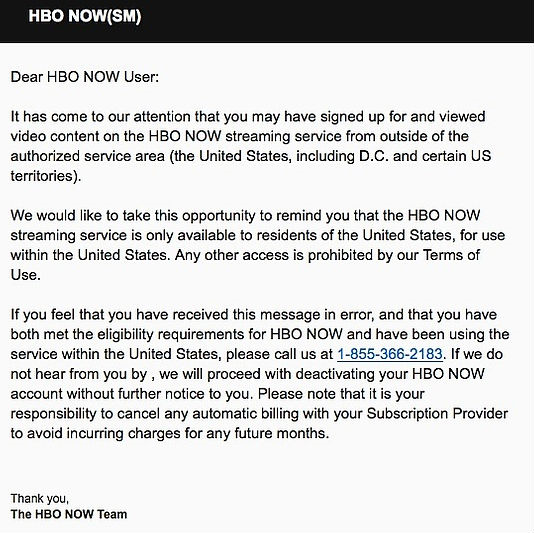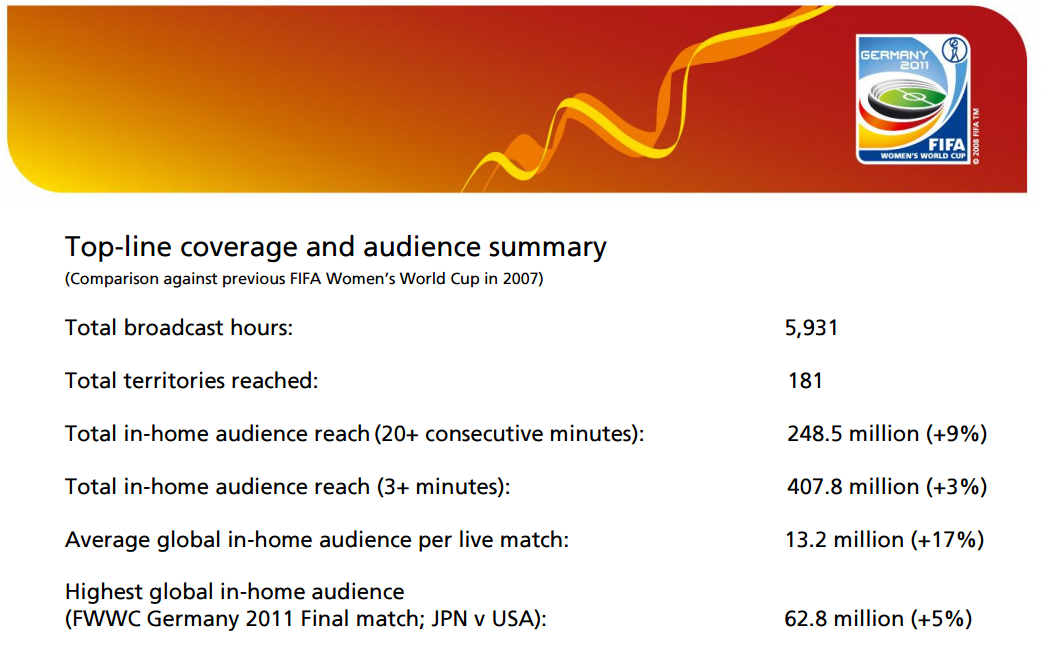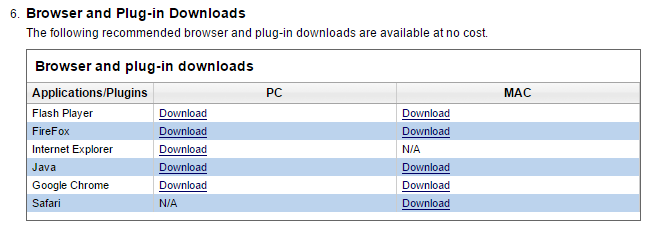Reminder: MLB Network is Broadcasting a Statcast-Centric Game Tonight
Baseball nerds, start your … right hemispheres? MLB’s new all-encompassing tracking software, Statcast, is finally ready for primetime. The much-anticipated technology will be on display in all its glory during tonight’s MLB Network broadcast of the St. Louis Cardinals v. Washington Nationals bout.
Statcast has been a hot topic in the world of baseball analysis, as it promises unparalleled ability to track almost everything that happens on the field — from baserunning efficiency and batted ball speed to outfield and infield defensive examination, the great StatCast machine looks at it all.
The greatest part of Statcast is also its scariest feature — there is going to be so much data preserved per game. While we don’t know how that will shake out for our brethren at FanGraphs, those of us that like fancy graphics and pretty colors should be perfectly content watching StatCast features on television.
In fairness, this is how MLB is going to gain the most attention to the baseball-watching public. While statistical analysis is certainly making strides these days, many fans don’t know much about it or choose to ignore it. Seeing graphical representation of the numbers and figures stats analysts are looking for will not only create a more engaged fan, it may just help convert a few people into paying more attention to the underlying numbers.
Either way, it should be fun to see how MLB plans to feature Statcast data in real-time, and should give us a look into what all the technology is capturing. The broadcast begins at 7 p.m. ET. For a primer on StatCast, check here.








